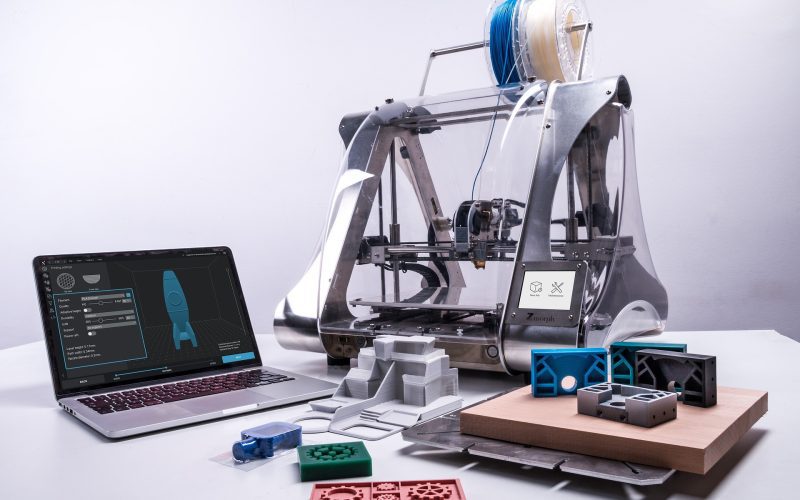3D printing technology has come a long way since its inception in the 1980s. While initially used mainly for prototyping and research purposes, today, it has a wide range of applications across multiple industries. From healthcare to aerospace, 3D printing technology has shown its potential to revolutionize the way products are designed, manufactured, and distributed. In this article, we will take a look at the latest innovations in 3D printing technology in the US market.
One of the most significant developments in 3D printing technology is the increasing use of metal materials. Traditionally, 3D printing was limited to plastic materials, which had their own set of limitations. However, with advancements in 3D printing technology, metal materials such as titanium, stainless steel, and aluminum can now be used in the printing process. This has opened up new possibilities for the manufacturing industry, allowing for the production of complex metal parts that would have been difficult or impossible to produce using traditional manufacturing methods.
Another area of innovation in 3D printing technology is the use of bioprinting. Bioprinting is the process of using 3D printing technology to produce living tissue and organs. While this technology is still in its early stages, it has shown great potential in the field of regenerative medicine. In the future, bioprinting could be used to produce replacement organs for patients in need, eliminating the need for organ transplants and reducing the risk of rejection.
3D printing technology has also made significant strides in the field of aerospace. NASA, for example, has been using 3D printing technology to produce rocket engine parts, which has reduced costs and production times significantly. Similarly, the automotive industry has also started to adopt 3D printing technology, using it to produce complex car parts and prototypes.
In the medical field, 3D printing technology has been used to produce patient-specific implants and prosthetics. This has greatly improved patient outcomes, reducing the risk of complications and improving overall quality of life. Additionally, 3D printing technology has been used to produce models of human organs, allowing doctors to practice complicated surgeries and develop new surgical techniques.
While 3D printing technology has come a long way in recent years, there are still some limitations to its use. For example, 3D printing is still not cost-effective for mass production, and the quality of printed parts can vary depending on the printing process used. Additionally, 3D printing is not suitable for all materials, which limits its use in certain industries.
Despite these limitations, the future of 3D printing technology looks bright. As the technology continues to evolve, it is likely that we will see new applications and uses for 3D printing in a variety of industries. As the cost of 3D printing technology continues to decrease, we may even see widespread adoption in the near future.












